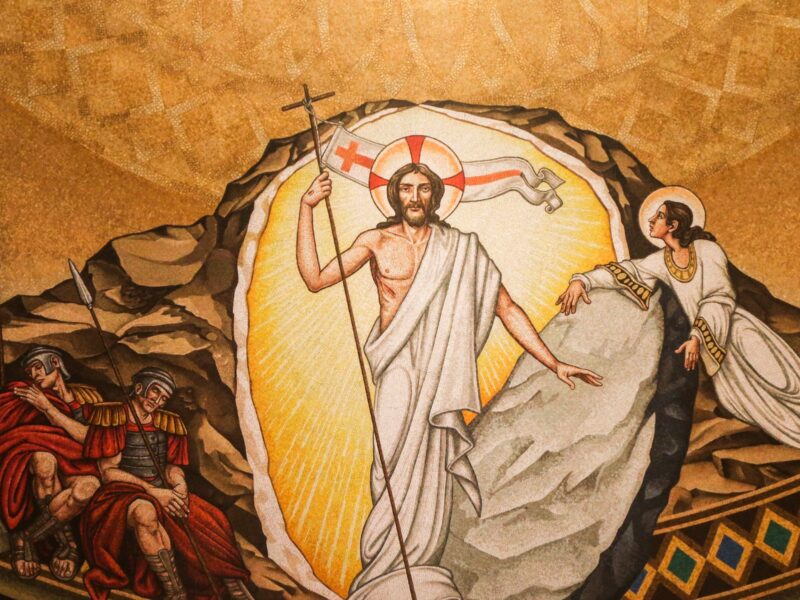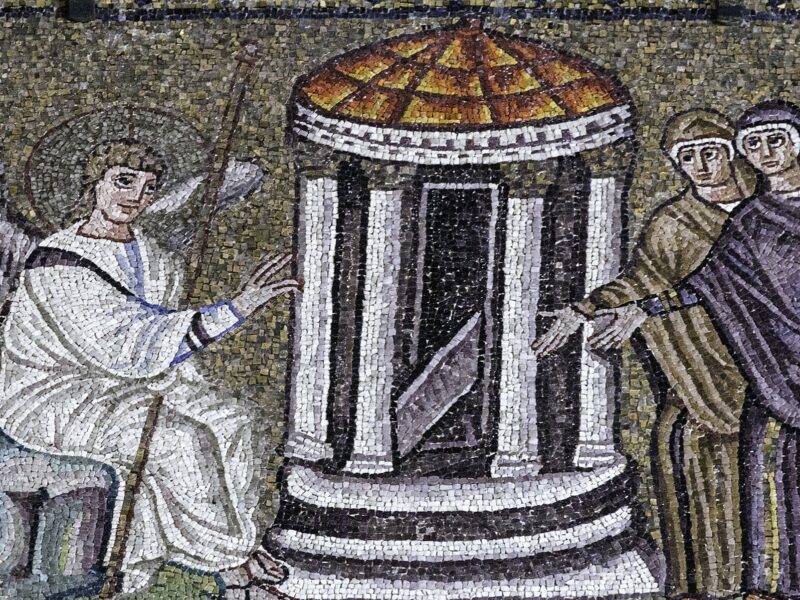
A Place for Tin-pot Musicians
Second Sunday of the Year. Fr Columba Ryan preaches on the miracle at Cana.
The last time I did this Torch sermon I had an e-mail from a priest all the way from New Zealand to say how mediocre and boring it was. Fair comment, gratefully received. But then he went on to suggest I should be like my talented, much younger brother in religion, Tim Radcliffe. That hardly seemed fair, rather like asking a tin-pot village musician why he didn’t play as divinely as Jehudi Menuhin. After all, Tim Radcliffe had been Master of the Dominican Order, the 86th in some 800 years.
We can’t all expect to achieve such distinction and experience, unless we live in a world of VIPs with no foot-soldiers. I rather wonder how such a world would work?
‘There was a wedding in Cana of Galilee’. I imagine there were any number of tin-pot musicians there. It wasn’t the kind of place you would have found the top-notch musicians of the Empire, a small peasant village in the mountainous countryside of Galilee. I remember once being in an Italian village of the same kind for a funeral. Everyone turned out, all the villagers together. The wedding in Cana must have been like that — no need to invite people, all the village would have been there. If Jesus and his disciples were invited, I suppose, it was because they didn’t belong there.
Cana was not the kind of place where the wedding host would have offered flamingos’ tongues and mullet livers or any of the other delicacies favoured by Marcus Gavius Apicius, a noted Roman gourmet who lived at the same time as Jesus. Even the wine, on the one occasion I visited Cana, was so indifferent I threw it away. Yet this forsaken place was where Jesus gave the first of the great signs of his glory of which John’s Gospel claims to be the record.
The modern reader would like to know if there is any historic basis to the story. For all its importance as an outstanding miracle and a turning point in the disciples calling it is not recorded in any of the other Gospels. Was it then just a theological fantasy on John’s part? No doubt John used his customary craftsmanship to write the whole thing up, but it is worth remembering what kind of glory was revealed in Christ: at Cana he told his mother that his hour had not come. When his hour came the ‘glory’ was in the ignominy of the crucifixion. ‘Father, the hour has come; glorify your Son so that your Son may glorify you’.
The place of crucifixion was even more forsaken than Cana of Galilee. At Cana, his mother was present, and she was present also on Calvary. But in both cases she was strangely distanced from her son at Cana by his gentle rebuke to her meddling in his affairs (‘What is that to you and to me?’), at Calvary by the distance between life and death. Yet on both occasions her trust in him was absolute: ‘Do whatever he tells you’ and at the Cross she stood near him when others fled.
Cana was a forsaken little place with tin-pot musicians whose wedding party ran out of wine, but surely in that trivial setting something did happen which opened the eyes of Jesus’s new disciples to his glory. It may not have been dramatic enough to occupy everybody’s attention. Nor was the everyday crucifixion of criminals thirty years later enough to engage the attention of the world at large. But the glory was there. It opened the eyes amongst others of the centurion: ‘In truth this was a son of God!’
The miracle at Cana was almost a secret one; at the time the only people who knew it to be a miracle were the servants who drew the water out. But what did strike home was the sheer abundance of new wine. That was the sign that confirmed the disciples in their new following. Their eyes were opened to the absolute newness and abundance of life in Christ. ‘This was the first of the signs given by Jesus. He let his glory be seen, and his disciples believed in him.’


